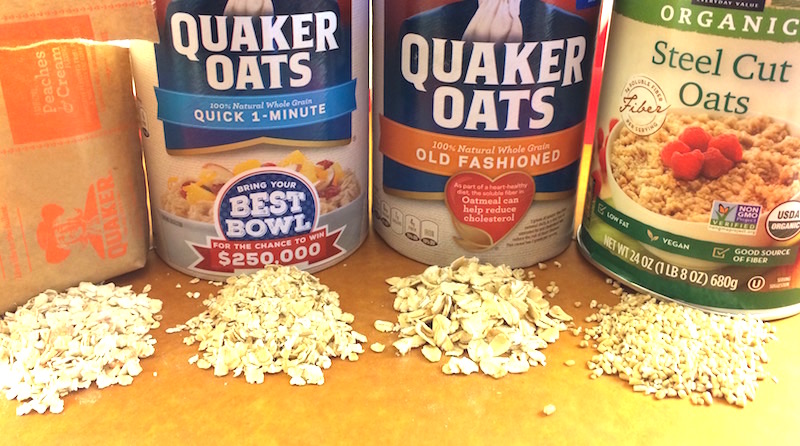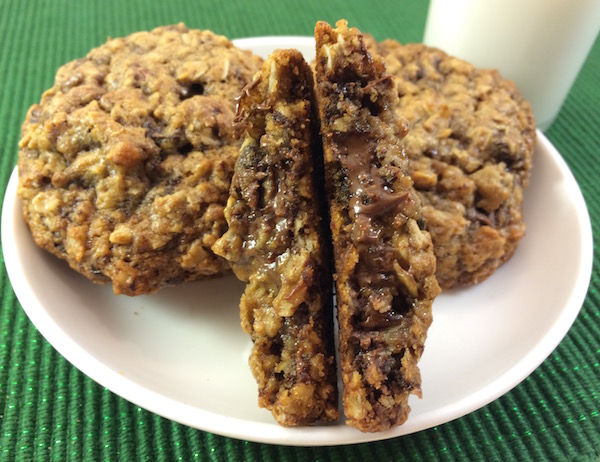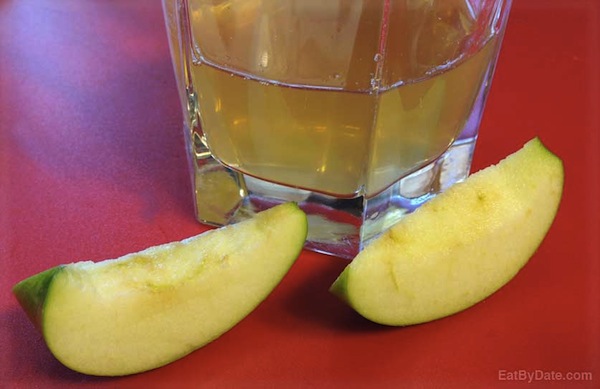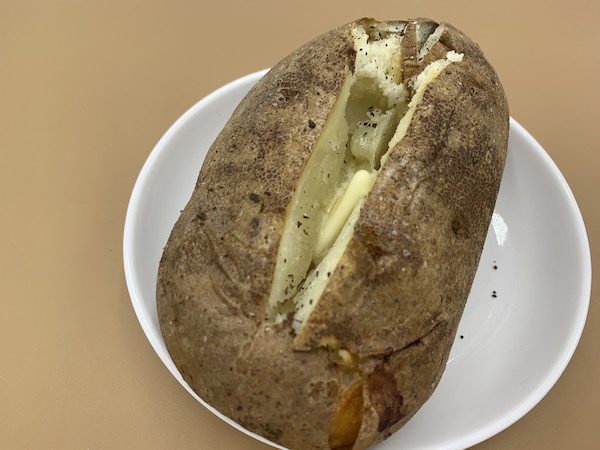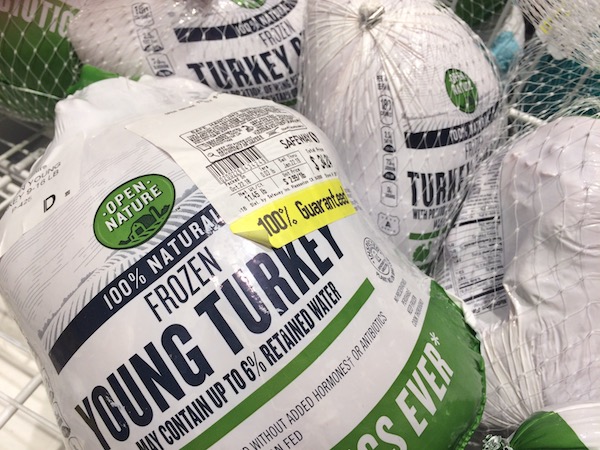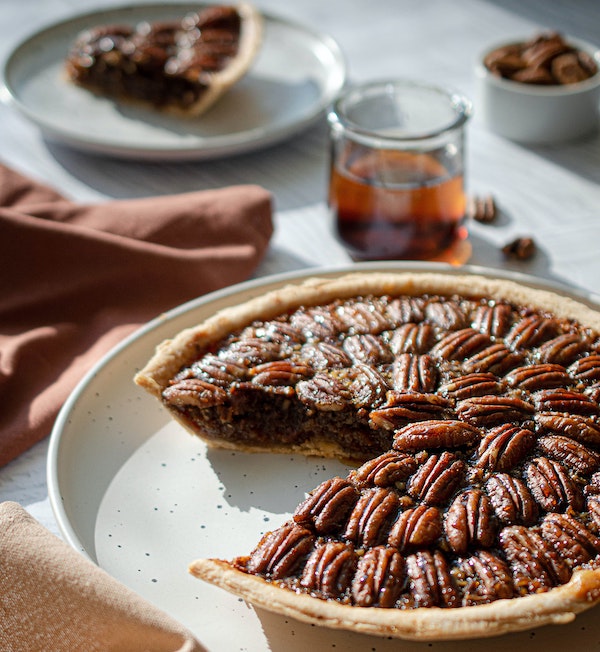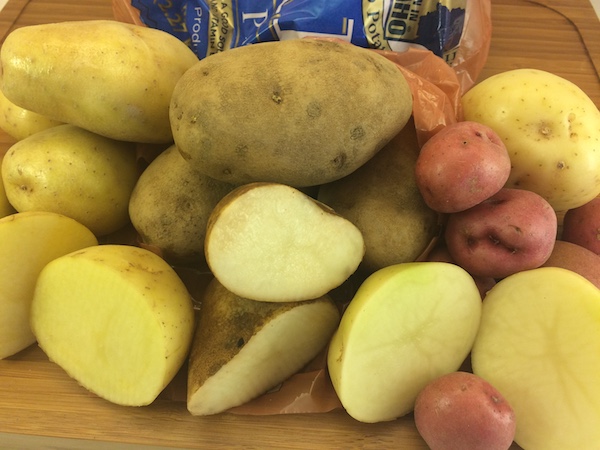- 130shares
- 120
How To Blanch Green Beans
Question:
How to Blanch Green Beans? How do I keep my green beans crisp and green? How do I blanch asparagus?
Answer:
Below are the steps for blanching fruits and vegetables, like green beans. Included is a table of blanching times, so important to the blanching process.

How to Blanch Green Beans
Steps to blanch green beans:
1) Boil a large pot of salted water. For details, see our FAQ on how to boil water. Also, see below on the best pots to use for blanching. You should have about a gallon of water per pound of food to be added.
2) Rinse your fruit or vegetable. Since different fruits and vegetables have different blanching times, as shown in the table below, each type of fruit or vegetable should be blanched separately.
3) Prepare a bowl of ice water while your water is boiling.
4) Once the water boils, submerge your food. Set the timer, according to the blanching times for vegetables chart located below, as soon as the water return to a boil (which should be about a minute after adding the food – or you’re adding too much food at once for your water quantity). Keep the heat on high while blanching. Don’t overcook*!

5) Drain the food and then put it into the bowl of cold water, again set the timer according to the chart below.
6) Drain the food again after cooling.
7) If you are going to freeze the food, then pour them onto a clean dry towel and pat them dry. Remember, any remaining water turns to ice!
8) If you are not using the food right away, then put them into freezer safe containers and seal (while removing as much air as possible from each container) as soon as they have cooled and place them into the freezer. Or, blanched vegetables can be refrigerated for use within a few days.
Recommended Blanching Times
Blanching Times for Fruits and Vegetables:
| Table of Blanching Times | ||
|---|---|---|
| Fruit/Vegetable | How Long To Boil | How Long To Ice |
| Blanch Green Beans for | 3-5 Minutes | 3-5 Minutes |
| Blanch Brussel Sprouts for | 3-5 Minutes | 3-5 Minutes |
| Blanch Broccoli for | 3 Minutes | 3 Minutes |
| Blanch Cauliflower for | 3 Minutes | 3 Minutes |
| Blanch Spinach for | 2 Minutes | 2 Minutes |
| Blanch Asparagus for | 2-4 minutes | 2-4 Minutes |
| Blanch Tomatoes for | 30 Sec – 1 Min | 30 Sec – 1 Min |
| Blanch Peas for | 1 Minutes | 1 Minutes |
| Blanch Snap Peas for | 2-3 Minutes | 2-3 Minutes |
| Blanch Corn on the Cob for | 7-11 Minutes | 7-11 Minutes |
| Blanch Peaches for | 40 Seconds | 40 Seconds |
| Blanch Potatoes for | 3-5 Minutes | 5-10 Minutes |
* Do NOT overcook, you want the vegetables to remain crisp and colorful after blanching. Under cooking is not good either, as it could stimulate the enzymes that you are trying to stop.
As noted within the steps, follow the above table for suggested blanching times. It’s important to use the right amount of water in your pan. You should use about one gallon of water per pound of vegetables at one time. The water should be boiling rapidly when you lower the basket of vegetables and return to a boil in about a minute… if it doesn’t then you are adding too many vegetables at once.
NOTE: The rule of thumb when blanching vegetables is to leave the food in the hot water for about the same amount of time as in the cold water.
For Additional Information
To find out why you need to blanch different fruits and vegetables see our FAQ on what is blanching.
To blanch nuts like almonds and pistachios, please see our FAQ on how to blanch almonds.
The best way to blanch green beans, and other fruits and vegetables, is to use a pot with a strainer insert and a lid. These pots are great to use because you can quickly remove your food using potholders and it drains right back into the pot, allowing you to dump only the food directly into the bowl. Eliminating the step of dumping the contents of the pot into a strainer is huge, speaking as one who’s been burned with boiling water while doing this step. Using the strainer with the pot is not only a safety feature, but it is much more efficient and economical.
TIP: You can blanch vegetables in the water, remove them and then add pasta to cook in the same water – saving time, energy and water. Making pasta primavera is a cinch to make if you’ve got the strainer pot.
Please visit our page on how long to boil corn for more options and times for boiling corn.


